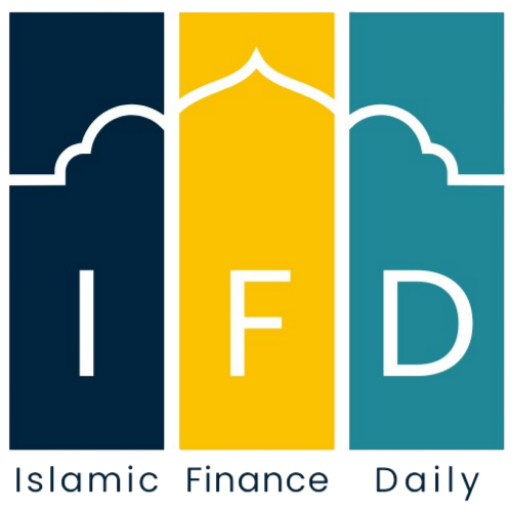Table of Contents
ToggleIntroduction
Bait-ul-Mal, or the Islamic Treasury, has historically played a pivotal role in the socio-economic structure of Islamic governance. Established during the time of Prophet Muhammad (PBUH) and institutionalized under the Rashidun Caliphate, Bait-ul-Mal served as the central financial institution responsible for managing public funds, welfare distribution, and economic development. Its framework was rooted in principles of justice, equity, and social welfare, distinguishing it from conventional treasury systems.
Origins and Establishment of Bait-ul-Mal
The concept of Bait-ul-Mal emerged during the early days of Islam. Initially, financial matters were managed informally, with resources distributed directly by the Prophet (PBUH). However, as the Islamic state expanded, the need for a structured financial system became evident. The first formal Bait-ul-Mal was established during the caliphate of Umar ibn al-Khattab (RA) to manage the growing revenues from zakat, jizyah, kharaj, spoils of war (ghanimah), and other sources.
Functions of Bait-ul-Mal
Bait-ul-Mal was not merely a repository of state wealth; it served multiple critical functions:
- Collection of Revenues: Including zakat (obligatory alms), sadaqah (voluntary charity), kharaj (land tax), jizyah (tax on non-Muslims), and fay (spoils without battle).
- Welfare and Social Support: Providing financial assistance to the poor, orphans, widows, the elderly, and the disabled.
- Public Infrastructure: Funding the construction of roads, mosques, schools, and hospitals.
- Military Expenditure: Supporting the army, defense initiatives, and stipends for soldiers.
- Crisis Management: Allocating resources during famines, natural disasters, and emergencies.
Examples from Islamic History
- Caliph Umar ibn al-Khattab’s Era: Umar established Bait-ul-Mal as a formal institution with dedicated administrators. During his caliphate, stipends were introduced for every Muslim citizen, reflecting a robust welfare state.
- Abbasid Caliphate: The Bait-ul-Mal flourished, funding major advancements in science, education, and public health. The House of Wisdom (Bayt al-Hikmah) in Baghdad, a center for learning, was financed through state treasury resources.
Comparison with Modern Financial Institutions
While modern treasuries primarily focus on fiscal policies and economic stability, Bait-ul-Mal was deeply integrated with social welfare objectives. A comparative table illustrates the key differences:
| Aspect | Bait-ul-Mal | Modern Treasury |
|---|---|---|
| Primary Objective | Social welfare and justice | Economic growth and stability |
| Revenue Sources | Zakat, jizyah, kharaj, spoils | Taxes, bonds, foreign investments |
| Expenditure Focus | Public welfare, infrastructure | Public services, debt servicing |
| Ethical Guidelines | Sharia-based | Secular, policy-driven |
Decline and Legacy of Bait-ul-Mal
The effectiveness of Bait-ul-Mal began to decline with the fragmentation of the Islamic Caliphate and the rise of dynastic rule. Mismanagement, corruption, and political instability weakened its role. However, the legacy of Bait-ul-Mal persists in modern Islamic financial institutions, such as zakat funds and waqf (endowment) organizations.
Lessons for Contemporary Economic Systems
- Focus on Social Equity: Bait-ul-Mal emphasized wealth redistribution to reduce economic disparity.
- Ethical Financial Practices: Its operations were guided by Islamic principles promoting justice and accountability.
- Sustainability: Long-term planning and community-oriented projects ensured sustainable development.
Conclusion
The historical role of Bait-ul-Mal showcases a model of governance where economic management is intrinsically linked with social justice and ethical responsibility. Its principles continue to inspire modern Islamic finance and offer valuable lessons for contemporary economic systems aiming to balance growth with equity. Understanding its structure and impact can help reimagine financial institutions that prioritize human welfare alongside fiscal stability.



